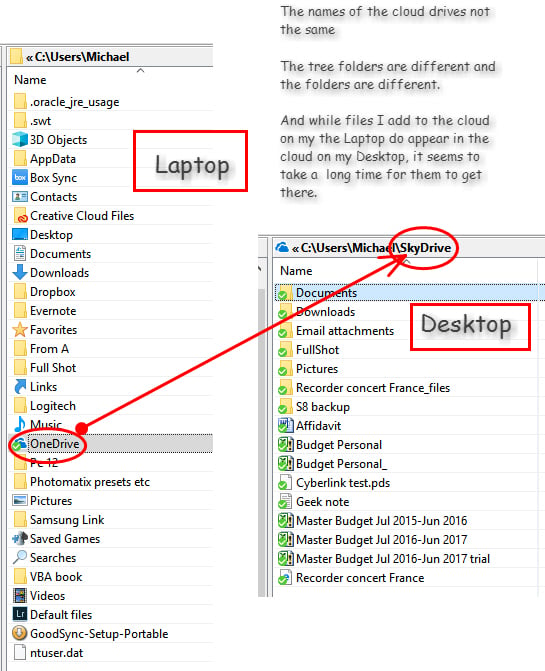

Using OneDrive in your organization does not preclude you or your workers from also having a unique OneDrive personal account through or a Microsoft account. You’ll find the OneDrive option in the header at the top of a SharePoint 2013 (or Office 365) page. When OneDrive for Business appears on a SharePoint or Office 365 site, Microsoft truncates its name to OneDrive. Administrators also can dictate what SharePoint users can do with the corporate OneDrive for Business and the files they store there.

However, with an on-premises installation of SharePoint, site collection administrators control the space allocation and configuration of an organization’s corporate OneDrive for Business. For company files, SharePoint administrators control and manage OneDrive for Business storage space separately.

For companies using SharePoint Online for Office 365, Microsoft provisions 1 TB (terabyte) of space in the cloud for each user’s OneDrive for Business library, Recycle Bin and personal newsfeed information. OneDrive for Business, on the other hand, is online storage intended for use by businesses. So, what’s the difference between OneDrive and OneDrive for Business? OneDrive is a free, personal cloud storage solution that you acquire with either a Microsoft account or. However, as the media reported, Microsoft changed the name of SkyDrive, globally, to resolve a suit lodged by an international firm that claimed rights to the moniker. When we first heard Microsoft was abandoning the SkyDrive Pro name earlier this year, we assumed it might be to help differentiate between the two products. Formerly called SkyDrive Pro, this cloud-based storage solution is separate from OneDrive (formerly SkyDrive). One of the highly useful―if a bit confusing―companions to SharePoint 2013 is Microsoft’s OneDrive for Business.


 0 kommentar(er)
0 kommentar(er)
